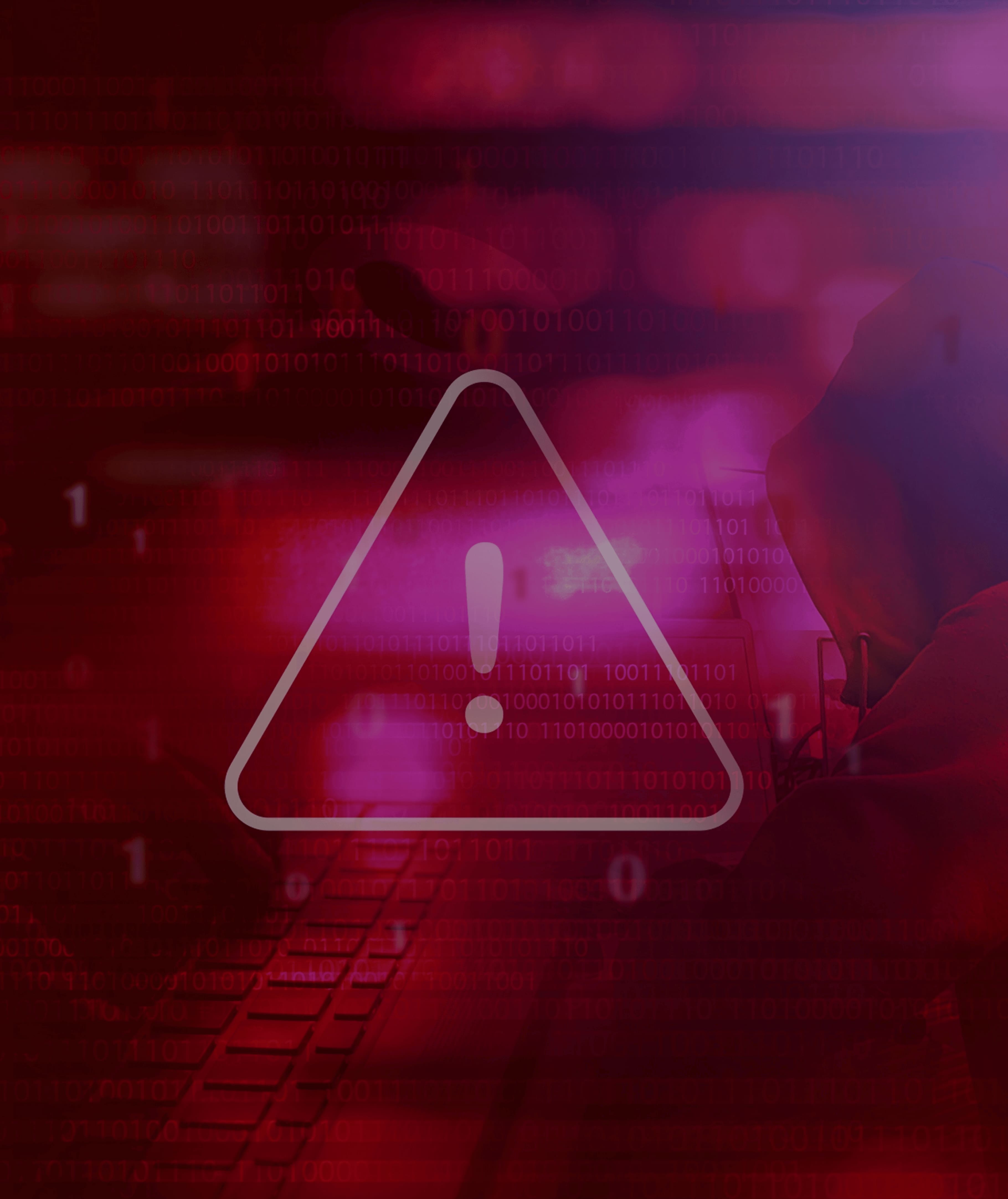

Crisis Management for improvement of risk
Introduction
The word crisis holds its origins to the Greek work - krisis (critical). It is defined as an
event that can or has the potential to create an unstable and dangerous situation which can impact
not only an individual or a group of people but can rather have an impact on the entire society or
community. In general we can define a crisis as a ‘testing phase’ or ‘emergency event’ which
requires immediate action.
Today, no industry is free from this risk and if unchecked it has the potential to erode the entire
goodwill earned for years in a matter of a few hours. Risk Management strategy can’t be completed
without taming this devil.
Crisis management is the process by which an organization deals with a major event that threatens to
harm the organization, its stakeholders, or the general public. Dealing with a crisis needs
provisioning of the surprise element, it brings with it and the “small decision window” for
response. One decision can have the potential to maintain the equilibrium or destroy the brands like
a tsunami. The bigger the organization, the higher publicity risk it carries and hence higher the
involvement / efforts required to manage it.
Isn’t it the same as Risk Management!
The simple answer to this is No. Risk management requires the skill to access the hazards / threats
and the providing solutions to either avoid it or to transfer the risk altogether. Whereas, Crisis
Management involves dealing with the risks - before, during and post the occurrence of the event.
Risk Management takes care of the physical assets, whereas Crisis Management takes care of the
psychological assets or the perception wars. Crisis management is reactive in nature, whereas Risk
Management is proactive in nature and thus they both complement each other.
In a practical situation, risk management ensures that the risk of a fire incident is minimal.
Likewise when the brand itself is on fire, crisis management helps us douse it by ensuring cutoff of
either the fuel (the event that led to the crisis) or the heat (public opinion) and the catalyst -
Oxygen (media).
Both, Crisis Management and Risk Management, support better governance within an organization
leading to the stability of the business in a challenging environment and both are essential factors
of a stable corporate governance structure, on a whole.
Types of Crisis
1. Natural
2. Technological
3. Confrontational
4. Malice / Competition based
5. Deception
6. Misconduct of Management
Practical Cases of Crisis Management
-
Tylenol® (J&J) - 1982 - Seven individuals died in metropolitan Chicago and it was attributed to 65 milligrams of cyanide found in the product
Tylenol was the most successful over-the-counter product in the United States with over one hundred million users. Tylenol was responsible for 19 percent of Johnson & Johnson's corporate profits during the first 3 quarters of 1982. Tylenol accounted for 13 percent of Johnson & Johnson's year-to-year sales growth and 33 percent of the company's year-to-year profit growth. It was the absolute leader in the painkiller field accounting for a 37 percent market share, outselling the next four leading painkillers combined.
-
The Chernobyl disaster – 1986
The Chernobyl accident in 1986 was the result of a flawed reactor design that was operated with inadequately trained personnel. The resulting steam explosion and fires released at least 5% of the radioactive reactor core into the environment, with the deposition of radioactive materials in many parts of Europe.
Two Chernobyl plant workers died due to the explosion on the night of the accident, and a further 28 people died within a few weeks as a result of acute radiation syndrome. The United Nations Scientific Committee on the Effects of Atomic Radiation has concluded that, apart from some 5000 thyroid cancers (resulting in 15 fatalities), "there is no evidence of a major public health impact attributable to radiation exposure 20 years after the accident."
Some 350,000 people were evacuated as a result of the accident, but resettlement of areas from which people were relocated is ongoing.
-
Exxon Valdez oil spill – 1989
On March 24, 1989 the oil tanker Exxon Valdez ran aground in Prince William Sound, Alaska, spilling 11 million gallons of oil. The ecologically sensitive location, season of the year, and large scale of this spill resulted in one of the largest environmental disasters in U.S. history. The spill affected more than 1,300 miles of shoreline, with immense impacts for fish and wildlife and their habitats, as well as for local industries and communities.
The oil killed: An estimated 250,000 seabirds, 2,800 sea otters, 300 harbor seals, 250 bald eagles, As many as 22 killer whales and Billions of salmon and herring eggs.
Exxon settled in 1991 with funds disbursed in three discrete parts: criminal plea agreement ($25 million), criminal restitution ($100 million), and civil settlement ($900 million).
-
Pepsi - 1993 - Claims of syringes being found in cans of diet Pepsi
Pepsi-Cola's had to handle one of the more bizarre crises of the past few years: in a week¬long series of apparent hoaxes alleging the discovery of syringes and other foreign items in cans of Diet Pepsi.
Within days, there were reports from media outlets all around the country: one woman in Portland said she found two syringes in a single glass; in New York a man claimed he accidentally swallowed two pins that were in a Pepsi bottle; in Beach City, Ohio, a woman said she found a sewing needle in one can; a man reported a loose screw in his soda. The ultimate list of items recovered from beverage containers in the week or so the crisis lasted included a bullet, a crack vial and a blob of myste¬rious brown goo.
-
Odwalla Foods - 1996 - Its apple juice causes an outbreak of E. coli infection with detection of 49 cases and death of a small child.
The 1996 Odwalla E. coli outbreak began on October 7, 1996, when American food company Odwalla produced a batch of unpasteurized apple juice using blemished fruit contaminated with the E. coli bacterium, which ultimately killed a 16-month-old girl and sickened 70 people in California, Colorado, Washington state, and British Columbia, of whom 25 were hospitalized and 14 developed hemolytic uremic syndrome. Odwalla made and marketed unpasteurized fruit juices for the health segment of the juice market
During the fall of 1982, for reasons not known, a malevolent person or persons, presumably unknown, replaced Tylenol Extra-Strength capsules with cyanide-laced capsules, resealed the packages, and deposited them on the shelves of at least a half-dozen or so pharmacies, and food stores in the Chicago area. The poison capsules were purchased, and seven unsuspecting people died a horrible death. Johnson & Johnson, parent company of McNeil Consumer Products Company which makes Tylenol, suddenly, and with no warning, had to explain to the world why its trusted product was suddenly killing people.
Much recent examples we can think of are as follows
- Adani Group faced erosion of net worth owing to a reports published in foreign locations.
- Nestle Maggie banned due to speculations of banned contents
- Amul faced allegations that its gold packs contain dangerous substances
- Uber - Delhi rape case - leading to ban on all the fleets across states
- KFC faced allegations when a customer was delivered chicken in the shape of a rat
- Samsung mobile phones exploded leading to apprehensions of customers and ban on flights
- Zomato found itself in a confrontational crisis when it was trapped into a discussion on religion
Crisis as an Opportunity
Although we may feel that a crisis is a threat to a company, it can be used as an opportunity and can turn the fortunes of many.
- Crisis brings in change and if this change is leveraged, the organizations can leap ahead in their journey. Pandemic saw many startups struggle whereas few were able to turn the turbulence to their favor and build unicorns despite the situations faced.
- Helps in problem solving and innovations proving that necessity is the mother of inventions.
- Helps build resilience for future events as management takes the “once bitten twice shy” approach.
- Acts as a catalyst in uniting warring factions.
- Discovery of new talents
- Brings financial prudence and discipline in some cases
Conclusion
A prudent risk manager won't consider Crisis Management as merely the response to an incident but will definitely strategize to leverage its potential in increasing the overall risk improvement. Ensuring that the business stands prepared to face any crisis will allow the organization to maintain professional reputation with its stakeholders. Development of a crisis management plan and creating a team of professionals, helps in any unforeseen events and helps prevent any long lasting, negative implication on the organization, thus helping the organizations to survive any type of crisis.




